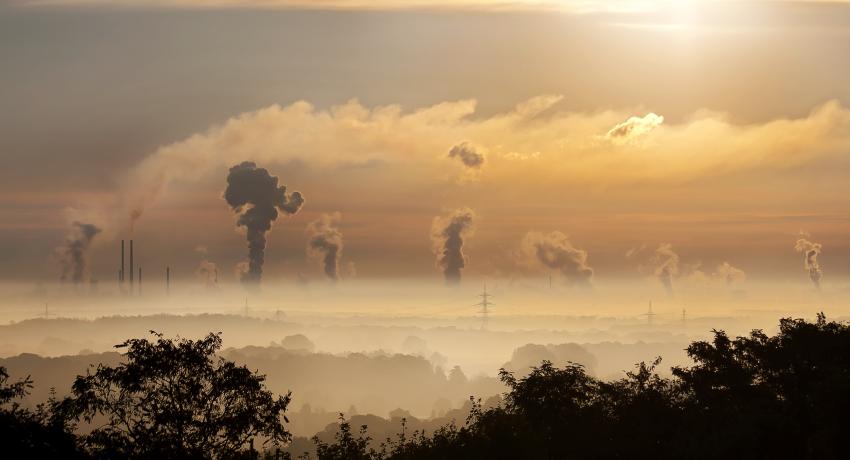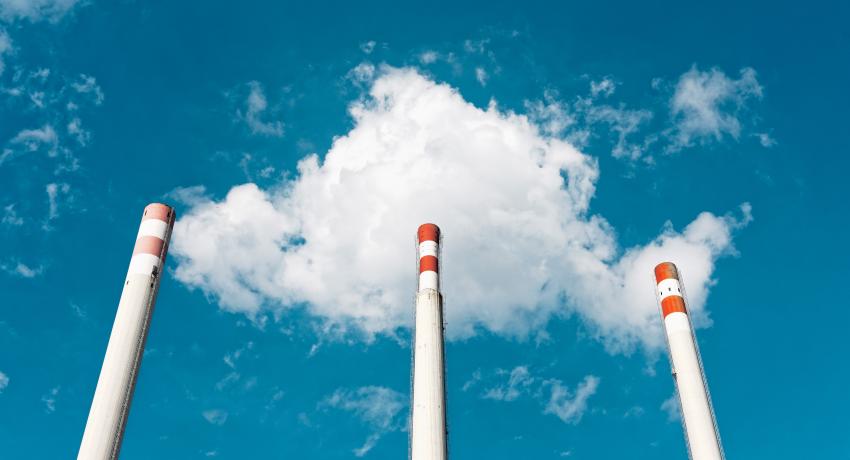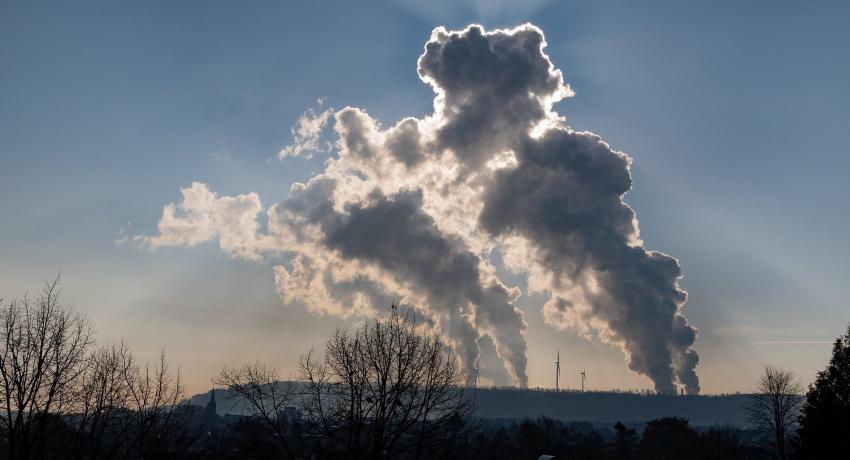The global carbon cycle involves complex processes and interactions within the Earth system, and understanding these is crucial for climate change mitigation and adaptation. This classroom explains the most important aspects of the carbon cycle and how it is affected by changes in CO2 concentrations.
New research supported by 4C shows 64 countries cut their fossil CO2 emissions during 2016-2019, but the rate of reduction needs to increase tenfold to meet the Paris Agreement aims to tackle climate change.
The 4C project publishes the Carbon Outlook for 2020, which describes changes in the atmospheric concentration of CO2, and provides an update on the state of the carbon sinks.
The latest animated infographic developed by the 4C project explains why predicting future emissions is crucial to make the best decisions today to mitigate climate change.
New perspective article provides recommendations on how to calculate remaining carbon budgets in a transparent way, and discusses their uncertainties and implications for both international and national climate policies.
COVID-19 restriction measures caused an unprecedented drop of 2.4 billion tonnes of CO2 in 2020. Cuts in global emissions of the order of 1 to 2 billion tonnes are needed each year until 2030 to meet Paris Agreements and limit climate change.
European projects 4C, CRESCENDO and ECCLES sponsor a set of virtual workshops on Emergent Constraints (16:00-19:00 GMT, 23rd-24th November) and Tipping Points (14:00-17:00 GMT, 25th-26th November).






